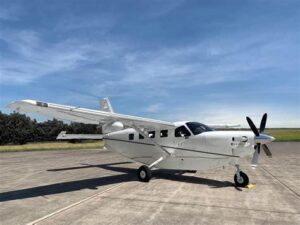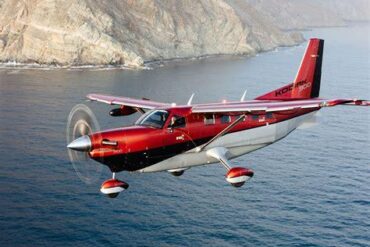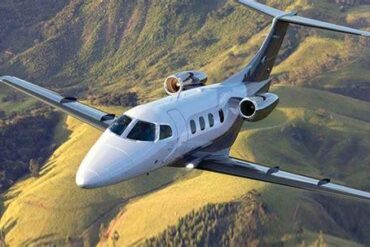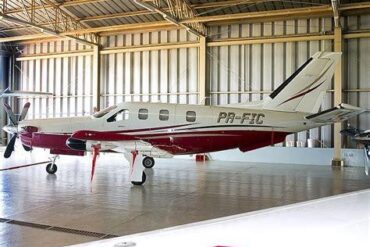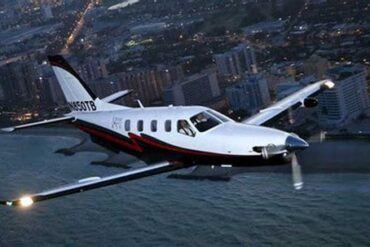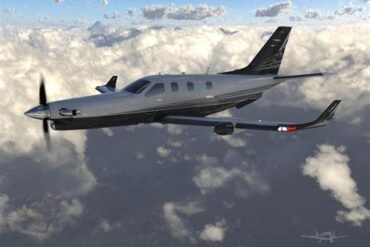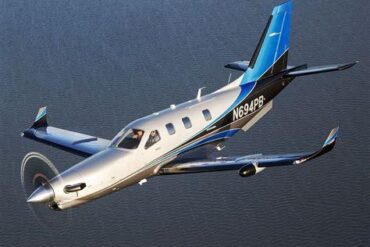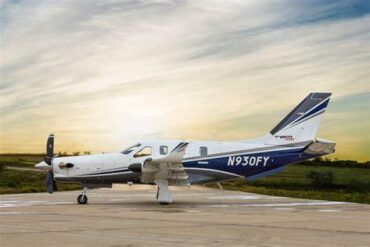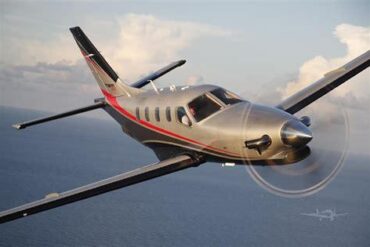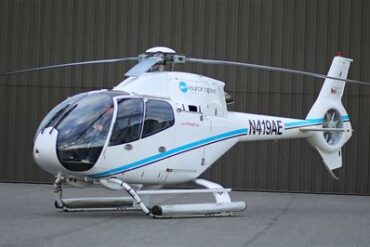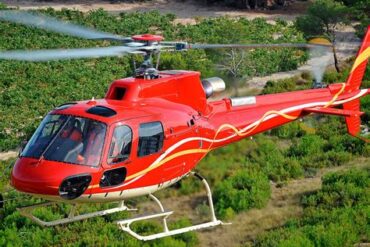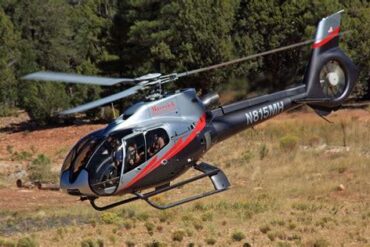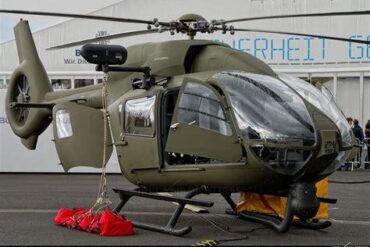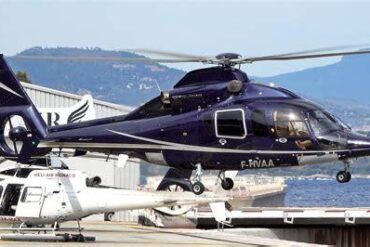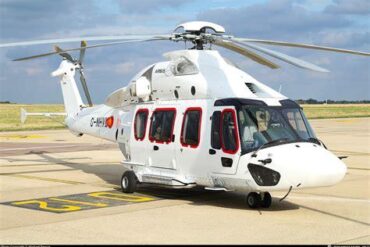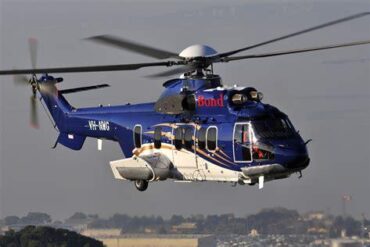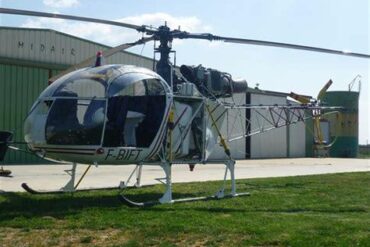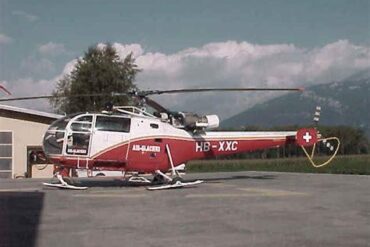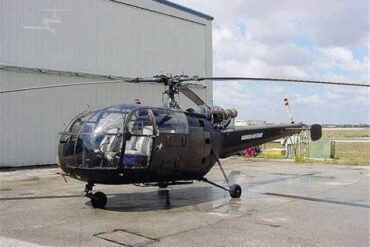The Daher Kodiak 100 has established itself as a remarkable aircraft in the realm of turboprop planes, blending performance, comfort, and versatility. In this article, we delve into the price and operating costs associated with owning and operating the Kodiak 100, providing prospective buyers and operators with a comprehensive understanding of what to expect.
Overview of the Daher Kodiak 100
The Kodiak 100 is a single-engine turboprop aircraft designed for utility and versatility. With its rugged design and impressive payload capacity, it is particularly favored in sectors such as cargo transport, emergency medical services, and adventure tourism. The Kodiak 100 is equipped with a Pratt & Whitney Canada PT6A-34 engine, which contributes to its robust performance and reliability.
Key Specifications
-
Passenger Capacity: Up to 10 passengers
-
Maximum Takeoff Weight (MTOW): 3,402 kg (7,480 lbs)
-
Cruise Speed: Approximately 180 knots
-
Range: About 1,000 nautical miles
-
Takeoff Distance: Roughly 2,200 feet at sea level
Purchase Price of the Daher Kodiak 100
The purchase price of the Daher Kodiak 100 can vary significantly based on several factors, including the aircraft’s age, condition, and included features. As of recent market assessments, the price for a new Kodiak 100 typically ranges from $2.5 million to $3.0 million. For pre-owned models, the price can fluctuate between $1.5 million and $2.5 million, depending on the year of manufacture and maintenance history.
Factors Influencing Purchase Price
-
Configuration and Customization: The Kodiak 100 can be tailored with various interior layouts and avionics options. Customizations can increase the purchase price significantly, particularly if advanced navigation systems or luxury interiors are added.
-
Market Conditions: The general economic climate and demand for used aircraft can impact pricing. A robust market may elevate prices, while a downturn could lead to more competitive pricing.
-
Condition and Maintenance History: An aircraft that has been well-maintained and has a complete service history will command a higher price than one that has been neglected or poorly serviced.
Operating Costs of the Daher Kodiak 100
Understanding the operating costs associated with the Kodiak 100 is crucial for potential owners. These costs encompass a variety of factors, including fuel, maintenance, insurance, and crew salaries. Below, we break down these costs in detail.
Fuel Costs
The Kodiak 100 is powered by a Pratt & Whitney Canada PT6A engine, which is renowned for its efficiency. The aircraft consumes approximately 30 to 35 gallons of fuel per hour, depending on load and flying conditions. At an average fuel cost of $5.00 per gallon, fuel expenses can range from $150 to $175 per hour of flight time.
Maintenance Costs
Maintenance is a significant consideration when evaluating the operating costs of any aircraft. For the Kodiak 100, annual maintenance costs can average between $40,000 and $60,000, which includes:
-
Routine inspections: These are mandated by aviation authorities and are critical for safety.
-
Engine maintenance: The PT6A engine has specific maintenance requirements, including periodic overhauls which can be costly.
-
Parts replacement: This includes regular wear-and-tear items such as tires, brakes, and avionics.
Insurance Costs
Insurance is another vital aspect of operating costs. For the Kodiak 100, insurance premiums can range between $15,000 and $25,000 annually. Factors influencing these rates include the pilot’s experience, the aircraft’s value, and the intended use of the aircraft (commercial vs. private).
Crew Salaries
If the Kodiak 100 is operated commercially, crew salaries must be factored into the operating costs. A typical salary for a qualified pilot can range from $50,000 to $120,000 annually, depending on experience and the operational context. If a second pilot or additional crew members are needed, this will further increase labor costs.
Hangar and Parking Fees
Storage for the Kodiak 100 also incurs costs. Hangar fees can vary greatly depending on location, ranging from $300 to $1,500 per month. Additionally, transient parking fees at various airports should also be considered, especially for operators who frequently travel.
Total Estimated Operating Costs
When combining all these factors, the estimated total operating costs for the Daher Kodiak 100 can amount to approximately $250 to $400 per flight hour. This estimate encompasses fuel, maintenance, insurance, and crew salaries, providing a comprehensive overview of what operators can expect.
Cost Management Strategies
To mitigate operating costs, Kodiak 100 owners can consider several strategies:
-
Scheduled Maintenance: Regularly scheduled maintenance can prevent costly repairs and downtime.
-
Fuel Management: Utilizing fuel-efficient flying techniques can reduce overall fuel consumption.
-
Insurance Shopping: Comparing quotes from multiple insurers can help secure the best rates.
-
Pilot Training: Investing in thorough pilot training can enhance operational safety and efficiency, potentially reducing insurance premiums.
Conclusion
In summary, the Daher Kodiak 100 is an exceptional aircraft that offers a blend of performance, versatility, and reliability. While the purchase price ranges from $1.5 million to $3 million, the operating costs typically fall between $250 and $400 per flight hour. By understanding these costs and implementing effective management strategies, owners can maximize their investment in this outstanding aircraft.
For those considering the Kodiak 100, a thorough analysis of both the initial and ongoing costs is essential to ensure that this aircraft aligns with their operational needs and budget. Whether for personal use or commercial operations, the Kodiak 100 remains a strong contender in the turboprop market.
